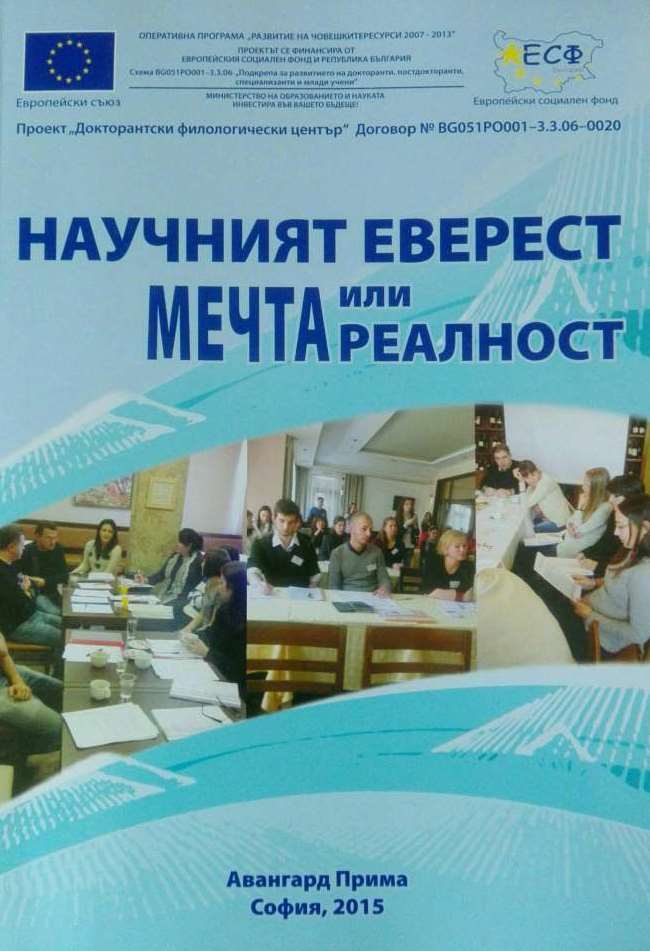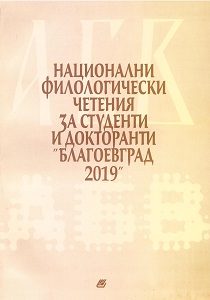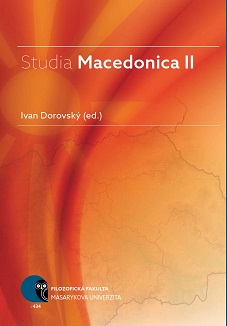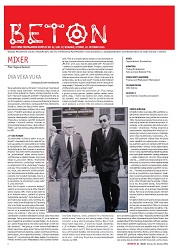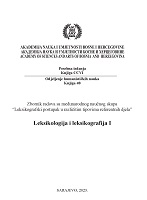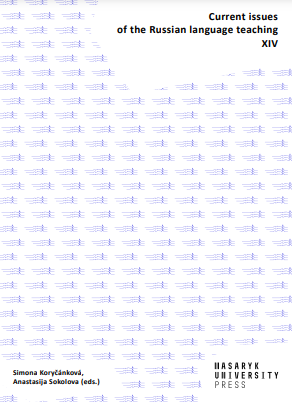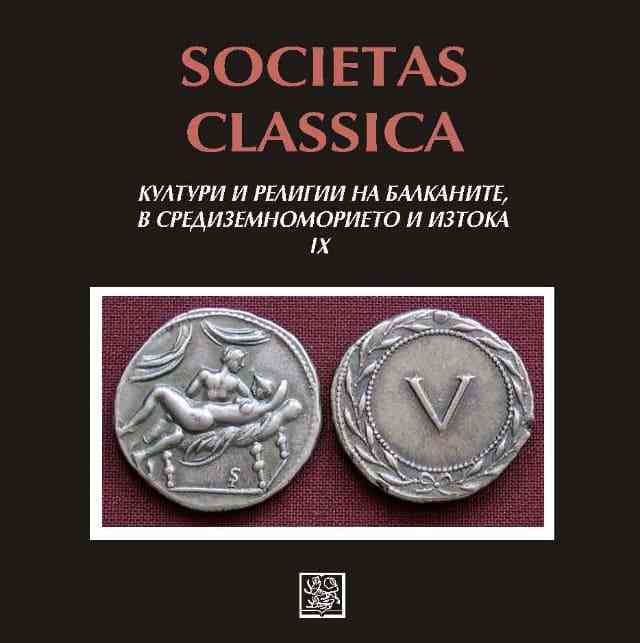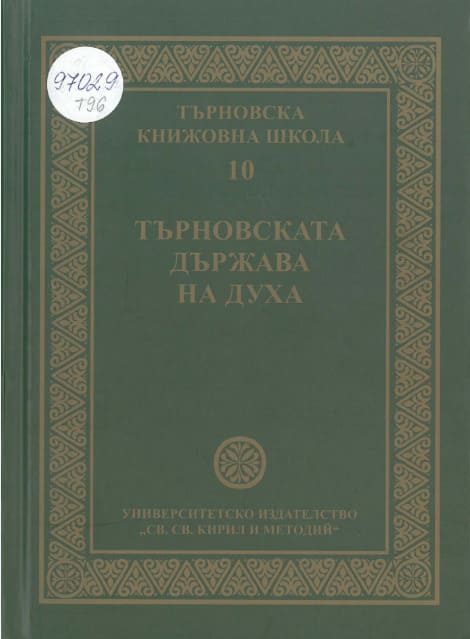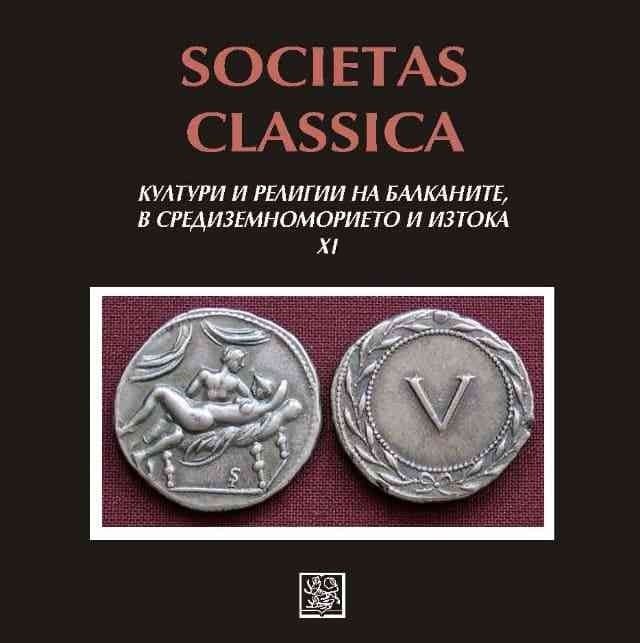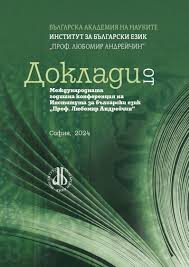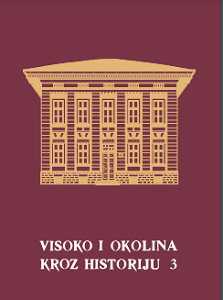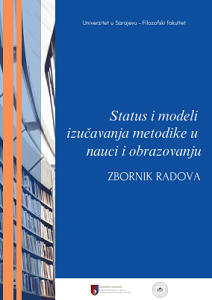Author(s): Mehmed Kardaš / Language(s): Bosnian
Publication Year: 0
Aneksija Bosne i Hercegovine rezultirala je krupnim promjenama u svim segmentima bosanskohercegovačkog društva. Nakon početnog razdoblja stagnacije, koje je obilježeno snažnim otporom prema Austro-Ugarskoj Monarhiji, BiH se postepeno uključuje u zapadnoevropski civilizacijski krug. Kroz korjenite promjene u obrazovnom sistemu te formiranje brojnih kulturno-prosvjetnih društava, kao i čitaonica, počinje se odvijati intenzivan kulturni život. Međutim, društvene i kulturne promjene nastale nakon aneksije stvorile su svojevrstan procjep u kojem se našlo kompletno bosanskohercegovačko društvo. S jedne strane višesto ljetno naslijeđe iz prethodnog perioda, koje je u značajnoj mjeri oblikovalo sve sfere društveno-političkog i kulturnog života, dok su, s druge strane, u skladu s političkim ciljevima nove uprave, promovirane zapadnoevropske civilizacijske kulturne tekovine. Zalaganja austrougarske vlasti za model svjetovnog obrazovanja, kao i afirmiranje štamparske i izdavačke djelatnosti, postepeno će mijenjati i obrazovni i kulturni život bosanskohercegovačke sredine. Međutim, neophodno je istaći da uvedene promjene, koje su rezultat dobrog poznavanja složenog stanja bosanskohercegovačkog društva, nisu bile radikalne te je u prvim godinama uprave vladao relativno tolerantan odnos prema zatečenom, što se vidi i u odnosu prema pisanoj riječi u svim njenim pojavnostima. Naime, iako je ulagala značajan napor na uvođenju svjetovnog školstva u BiH, što je podrazumijevalo i afirmaciju latiničnog pisma u različitim sferama upotrebe, austrougarska vlast nije imala represivne mjere prema konfesionalnom obrazovanju i oblicima pisane riječi koji su ukorijenjeni u prethodnom periodu. To se posebno odnosi na muslimansko stanovništvo kod kojeg vlada otpor prema kulturi koju percipiraju kao neprijateljsku. Sličan odnos prema austrougarskoj upravi vlada i među pravoslavnim stanovništvom, naročito u vrijeme Benjamina Kállaya (1882–1903), koji pokušava neutralizirati utjecaje koji su dolazili iz Srbije. Suprotno tome, relativno brža integracija katoličkog stanovništva u novi kulturni svjetonazor potaknuta je, između ostaloga, i činjenicom da je riječ o zapadnokršćanskoj civilizaciji, dok je franjevačka kulturna tradicija, koja je i ranije baštinila latinično pismo, kao i sveukupna djelatnost franjevaca na polju pokretanja časopisa još u osmanskom periodu, otvorila put ka bržem uključivanju katoličkog stanovništva u nove tokove pisane riječi. U skladu s navedenim može se konstatirati da forme pisane riječi ne samo u austrougarskom periodu nego i u prvim decenijama XX st. imaju naglašenu konfesionalnu orijentaciju.
More...
